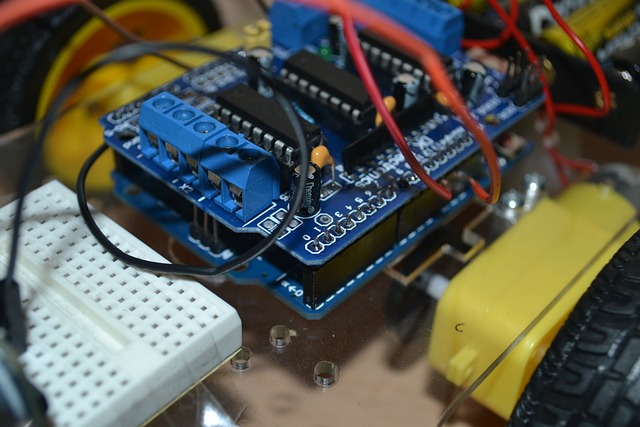- Arduino can be a valuable tool in animal feeding projects, especially in the context of automated or controlled feeding systems. Here are some ways in which Arduino can be utilized for such projects:
- Automated Pet Feeders:
- Arduino can be used to create automated pet feeding systems for cats, dogs, or other pets.
- The system can dispense a predefined amount of food at scheduled times, providing convenience for pet owners.
- Aquarium and Fish Feeding Systems:
- Arduino can control automatic fish feeders in aquariums or aquaculture setups.
- Feeding schedules can be programmed, and the amount of food dispensed can be controlled, helping maintain a healthy environment for aquatic organisms.
- Livestock Feeding Systems:
- In agricultural settings, Arduino can be employed to automate the feeding of livestock.
- Dispensers controlled by Arduino can release predetermined portions of feed, optimizing feeding routines and reducing manual labor.
- Bird Feeding Stations:
- Arduino-controlled bird feeding stations can dispense bird feed at regular intervals, attracting and feeding wild birds.
- Sensors can be used to detect the presence of birds and dispense feed accordingly.
- Smart Pet Bowls:
- Arduino can be integrated into smart pet bowls that monitor and regulate the amount of food available to a pet.
- Weight sensors or other sensors can be used to track food levels and dispense more when needed.
- Customized Diets for Animals:
- Arduino can be part of a system that allows pet owners or farmers to customize and regulate the diet of their animals.
- Sensors can monitor the weight of the animal, and the Arduino can adjust feeding accordingly.
- Health Monitoring and Feeding:
- Arduino can be integrated into animal health monitoring systems that consider health data in determining feeding schedules.
- For example, if an animal is more active, it might receive a different feeding schedule than a less active one.
- IoT-Enabled Feeding Systems:
- Arduino can be used in conjunction with IoT (Internet of Things) technologies to create smart feeding systems.
- Remote monitoring and control of feeding schedules through a web interface or a mobile app can be implemented.
- RFID-Based Feeding Systems:
- Arduino can be paired with RFID (Radio-Frequency Identification) technology to create personalized feeding systems.
- Each animal can have an RFID tag, and the system dispenses food based on the individual animal’s tag.
- Energy-Efficient Feeding:
- Arduino can be programmed to optimize energy consumption in feeding systems.
- For example, power can be conserved by activating feeding mechanisms only when necessary.
- When working on animal feeding projects with Arduino, it’s important to consider the specific needs of the animals, safety, and sanitation. Additionally, factors such as power consumption, reliability, and ease of maintenance should be taken into account to ensure the effectiveness of the feeding system.
Using Arduino in animal feeding projects

Categories:
Uncategorized







